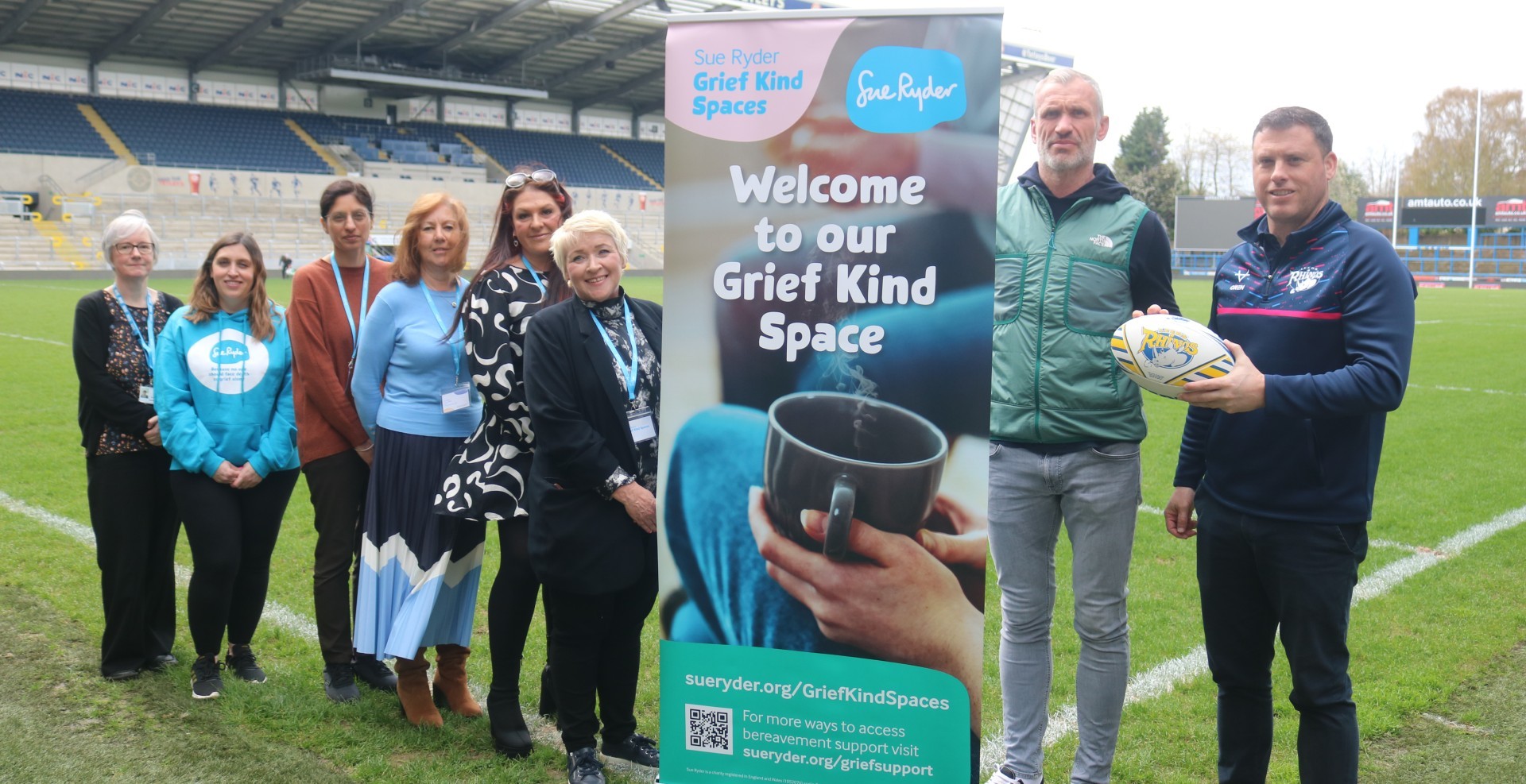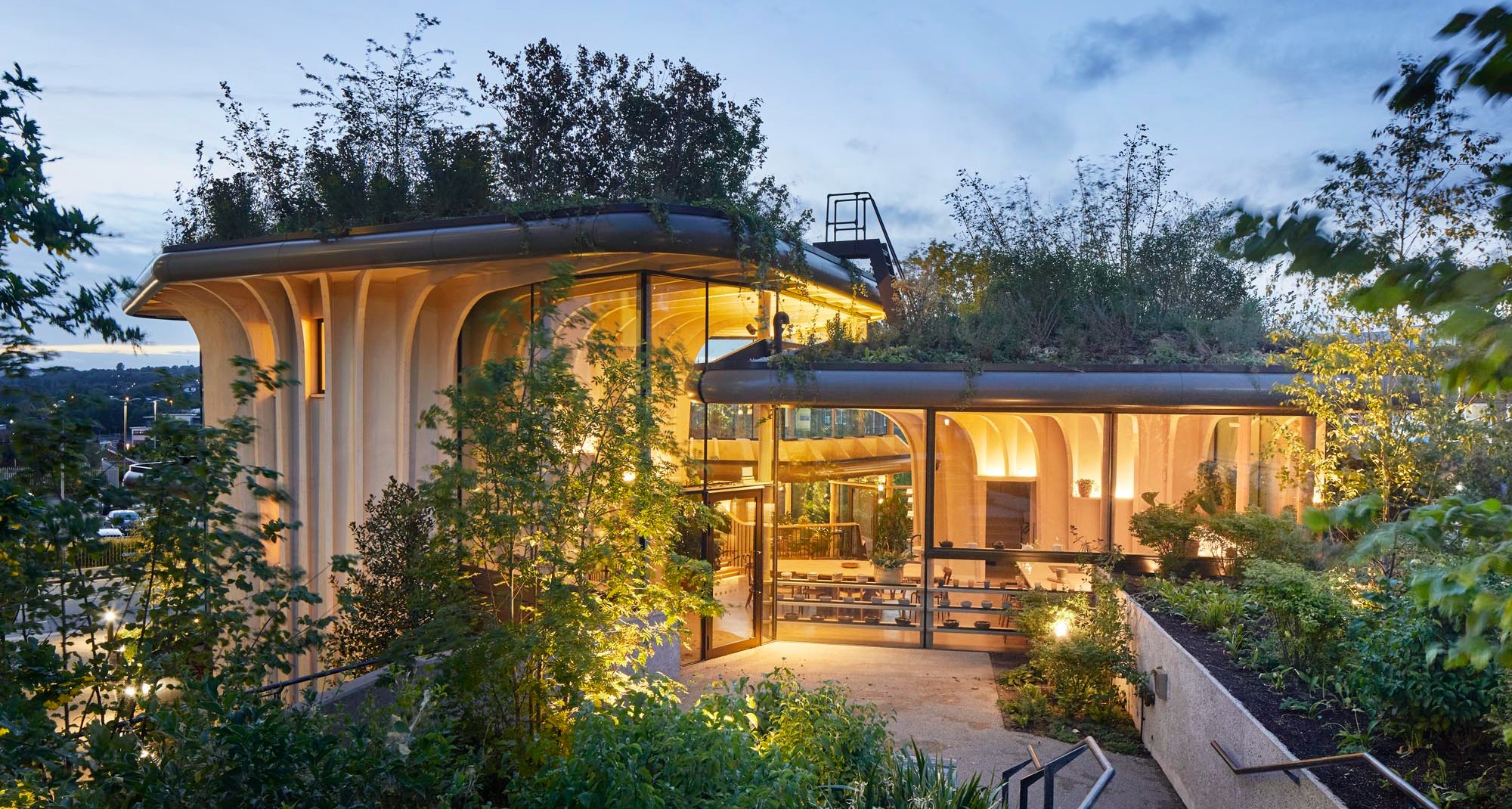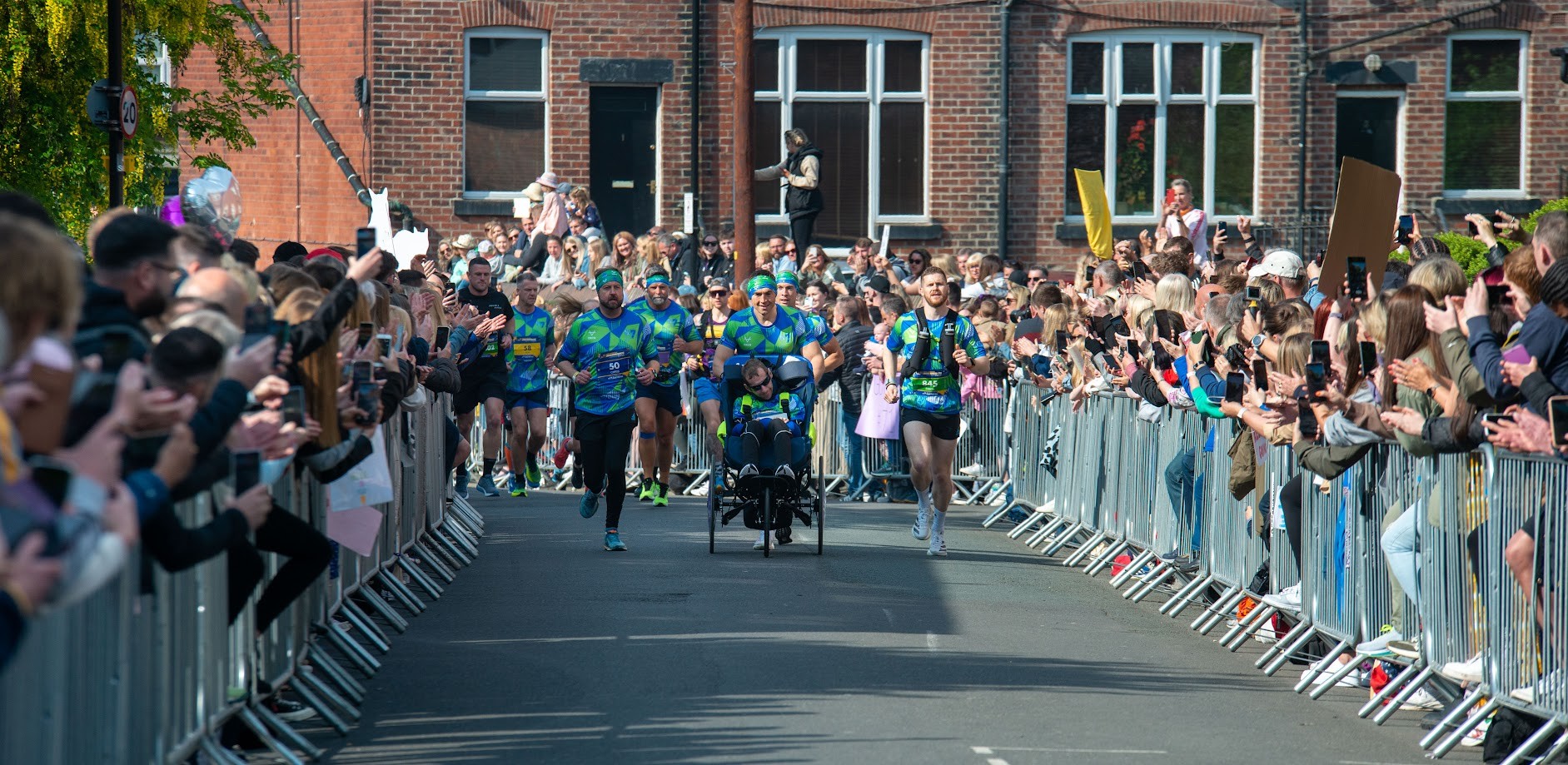Throughout the pandemic, Spire Leeds Hospital has supported Leeds Teaching Hospitals Trust with surgical care, diagnostic tests and treatments for many NHS patients – and now their new MRI scanner is expanding patient services.
The Siemens 1.5 Tesla ‘SOLA’ system will play a crucial role in improving services to patients, with as many as 20 scans each day, putting the Hospital at the forefront of imaging technology.
Susan Downing, MRI Team Lead: “Spire Leeds prides itself on providing quality MRI Imaging and a compassionate and timely service for its MRI patients. The new scanner will increase the type of tests we can offer and improve the patient experience, especially for those with claustrophobia. Scan times for some examinations will be quicker, which means patients do not have to keep still for as long a period of time. With the latest clinical software and hardware and a larger bore size (hole) – 15cms wider than the previous system – it will make a dramatic difference to both the patient experience and the imaging quality.
The larger bore hole in the middle makes is vital to how the scan feels. This usually means that some patients that may have struggled previously due to claustrophobia will find it much easier to complete their examinations with less stress. The latest technology on this new system means we can now scan patients for breast MRI feet-first. It could also negate the need for sedation for some patients with the benefit of not impinging on their normal workday activities.”
The Spire Leeds carries out up to 4,500 scans per year for most specialties, and will now offer expanded services which include cardiac imaging using intelligent monitoring of the patient’s heart rhythms. A cardiac MRI can also be used as a screening tool to rule out inflammatory heart disease commonly associated with diseases like long Covid.
Susan said: “Spire has the advantage of having a very experienced MRI team that have undergone scanner replacement and training on new systems previously. We are perfectly placed to make full use of our training and clinical knowledge and apply it to this new system.
Installation of the huge 4 tonne system threw up some daunting challenges. The equipment was so large an exterior brick wall had to be partially knocked down before the scanner could be moved into its new home in the radiography department. The existing scanner first had to be removed through the 2 metres x 2 metres opening made in the brick wall before its replacement could be lowered into the imaging department using specialist lifting equipment and a 25-metre crane.
The new cardiac imaging availability at Spire means that if a patient is seeing a cardiologist here, there is more continuity of care as they will not have to go elsewhere for this imaging. Cardiac MRI can access heart tissue, for example looking for damage to heart muscle post heart attack. We can inspect heart valves for leaks and check for infection or inflammation. We can image the heart whilst it is in motion and therefore get functional information for the heart valves and access the heart walls function following infection or heart attack. There is no radiation with MRI and cardiac MRI is also used to assess elite athletes to check for anomalies.”
The radiography department has undergone a refurbishment to create a more personal environment, offering patients a headset for relaxing to music and subdued lighting as well as the means to see and communicate with the radiographer. This is an altogether different experience from the relatively stark and clinical space of the past, and all part of the investment Spire Leeds Hospital is making towards increasing patient wellbeing.
Photograph: left to right – Andrew Johnson, Hospital Director, Spire Leeds Hospital; Jayne Pears, Radiology Manager; Sue Downing, MRI Team Lead, Spire Leeds Hospital; Justin Ash, CEO, Spire Healthcare.



